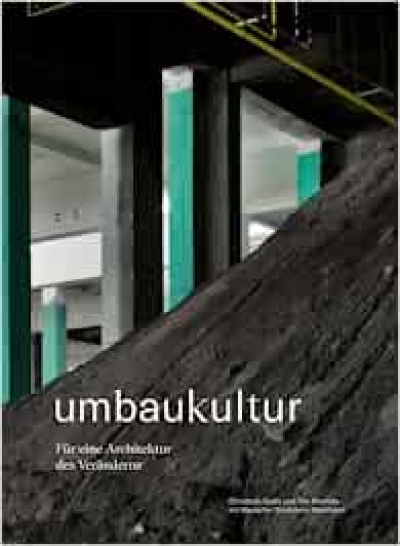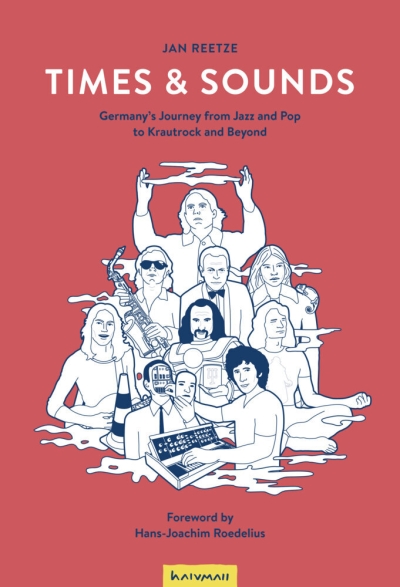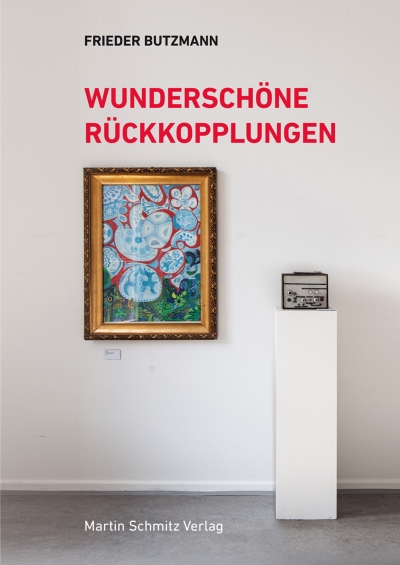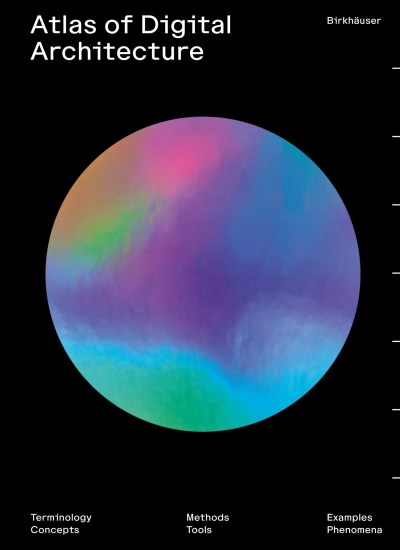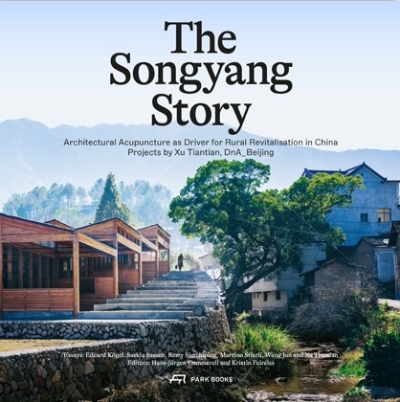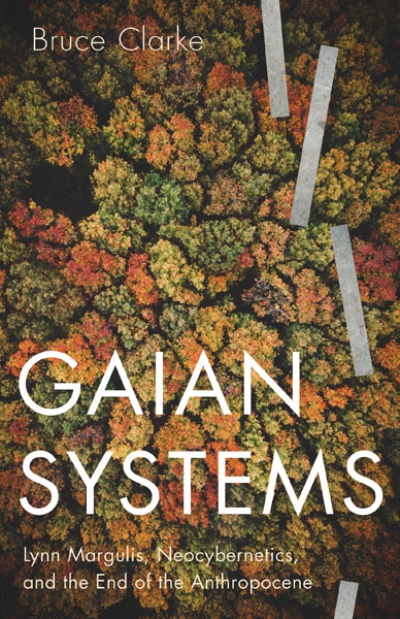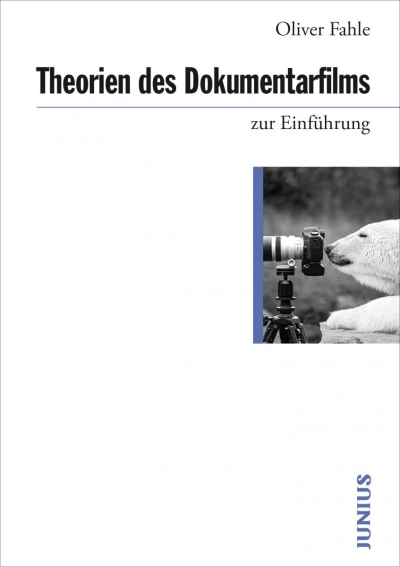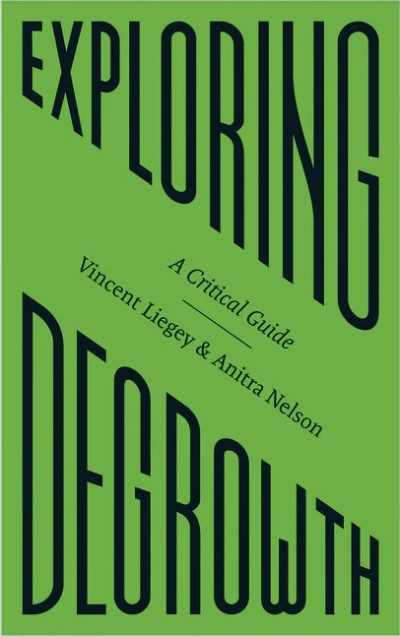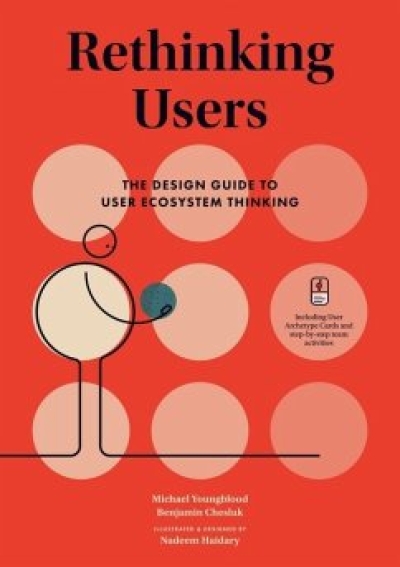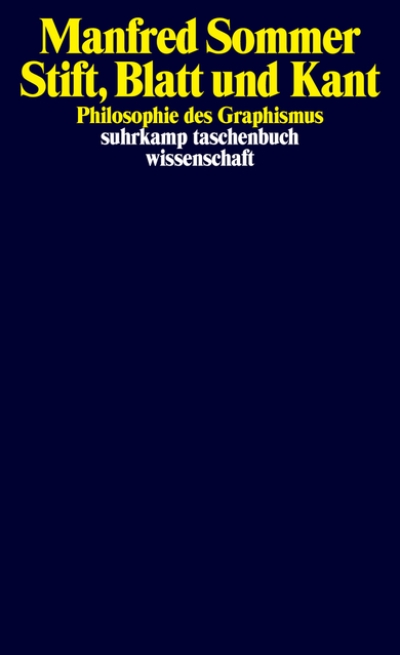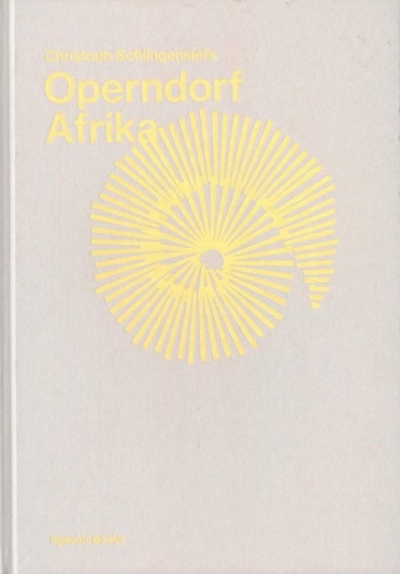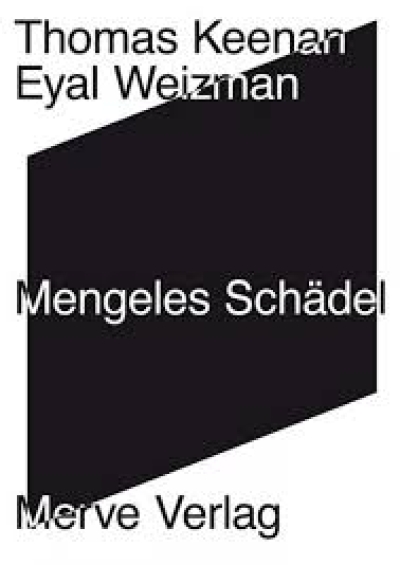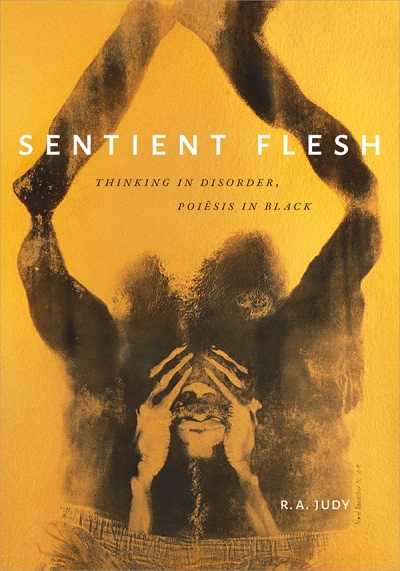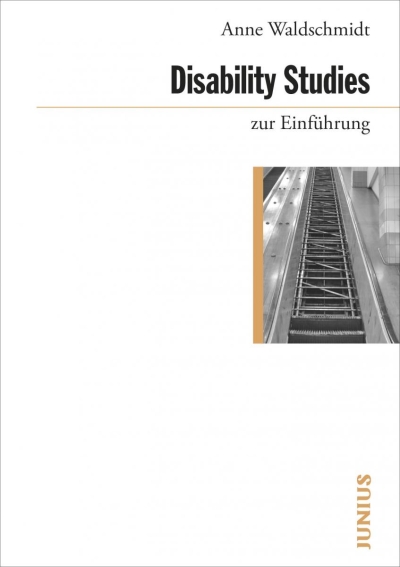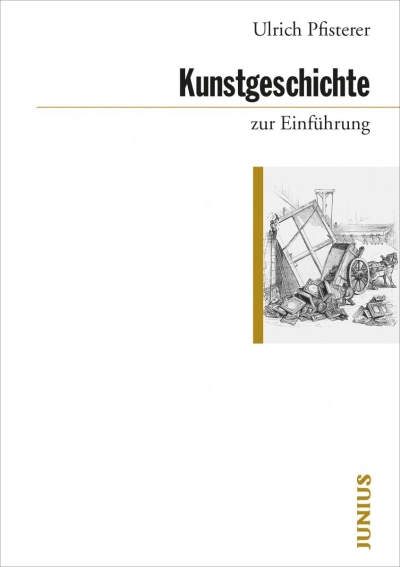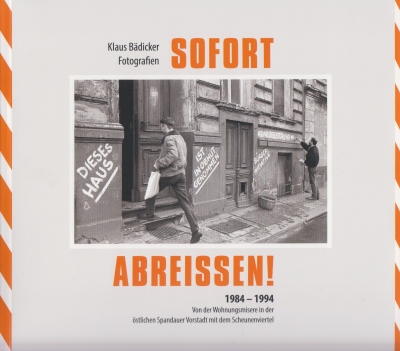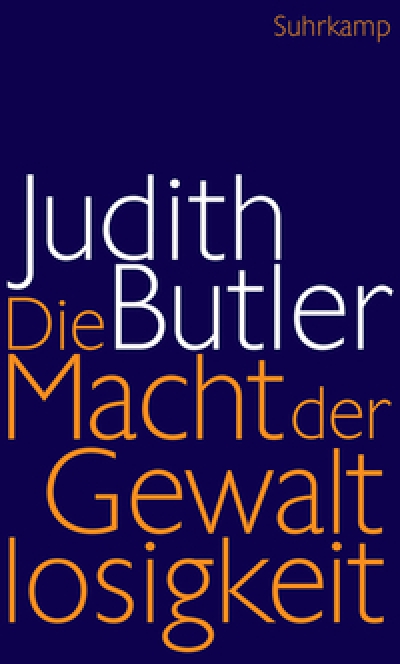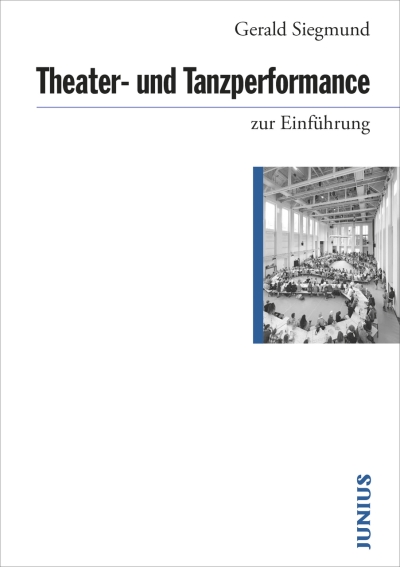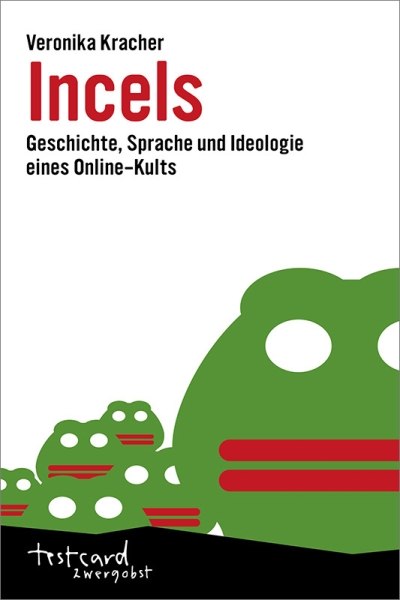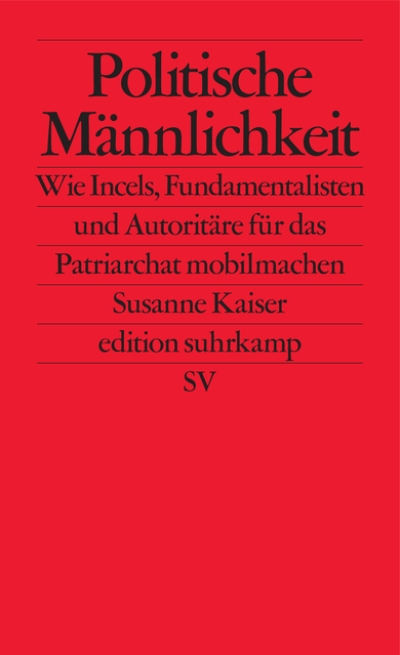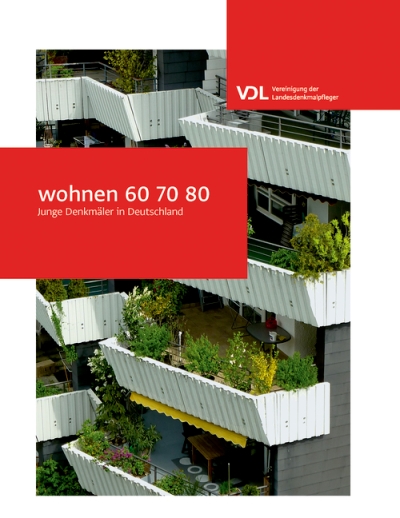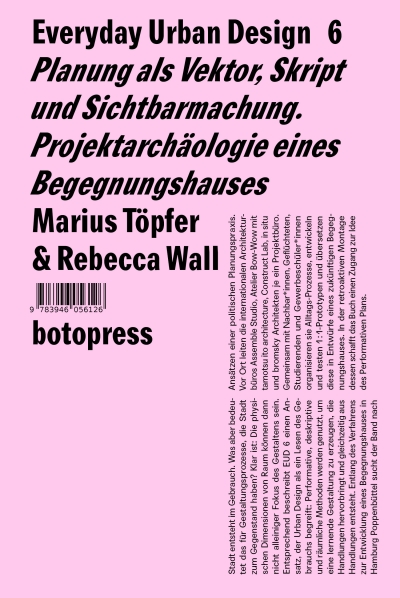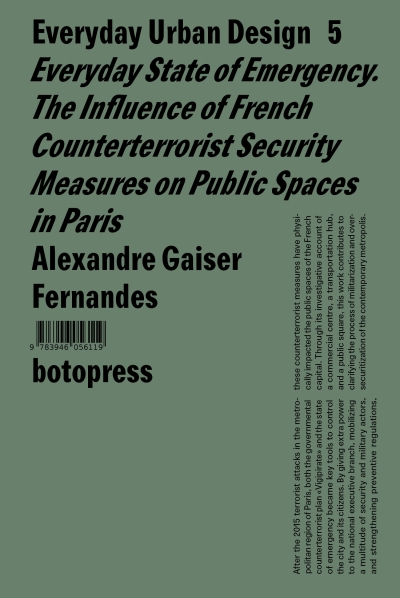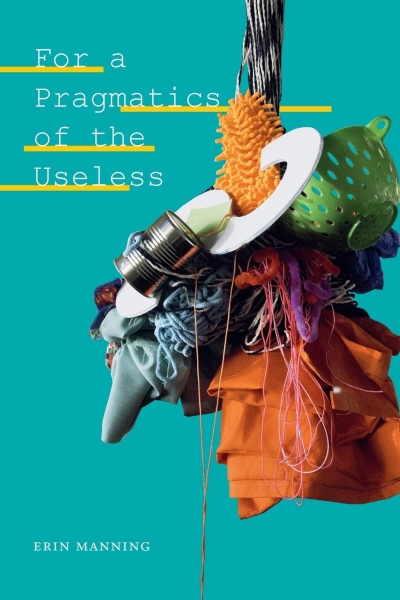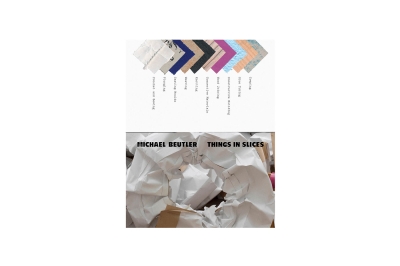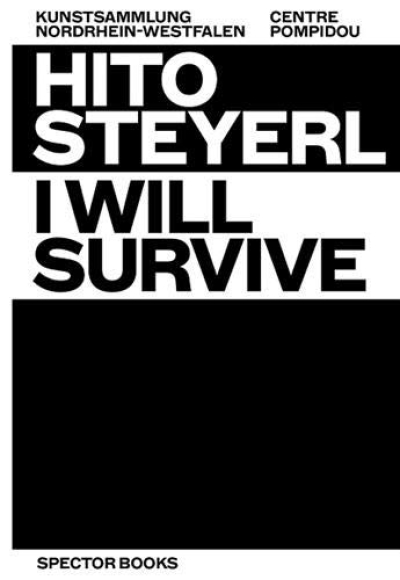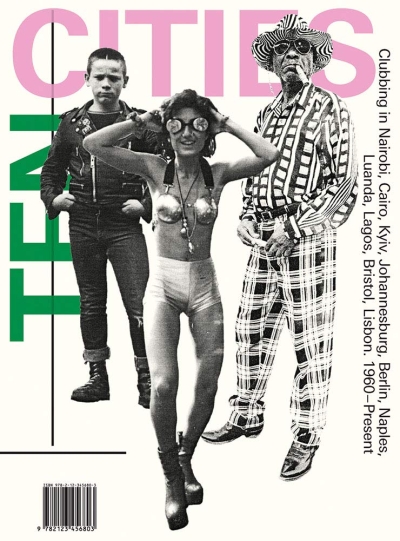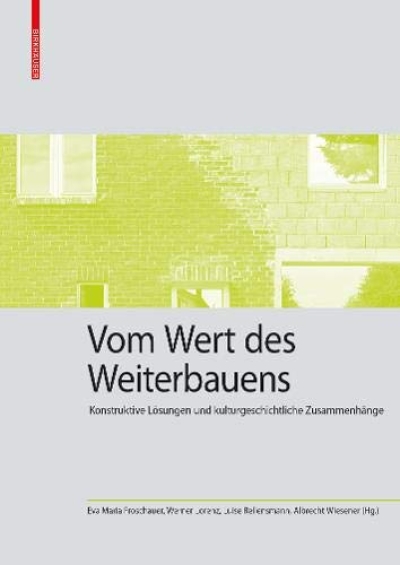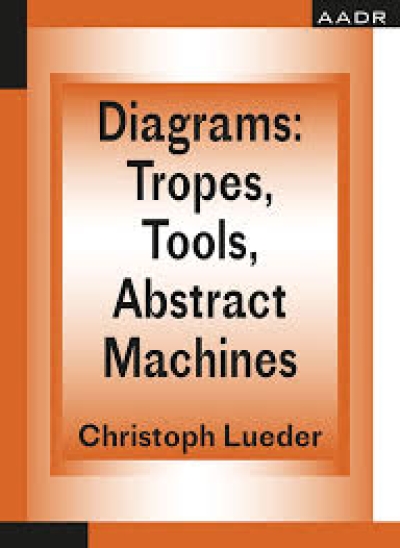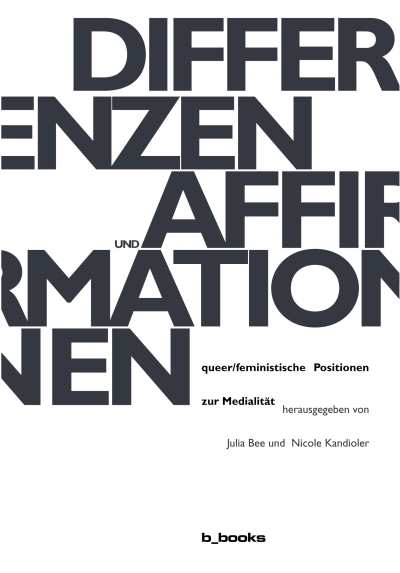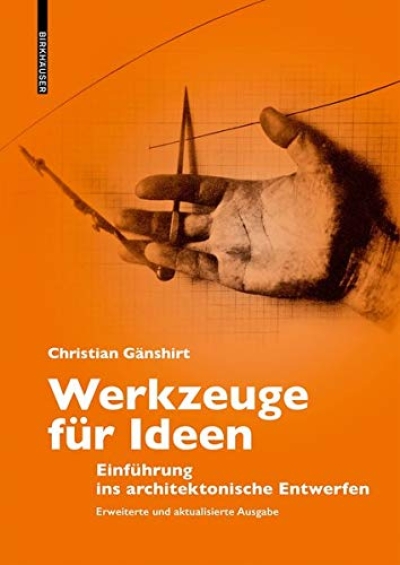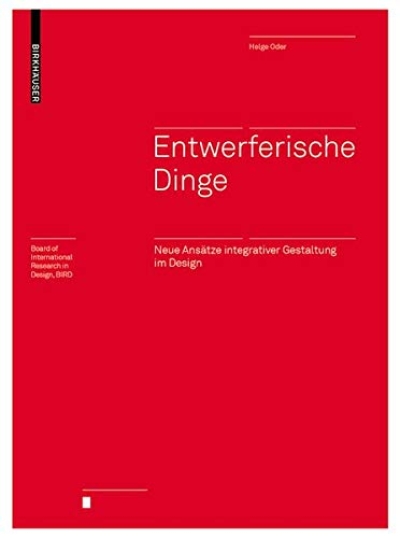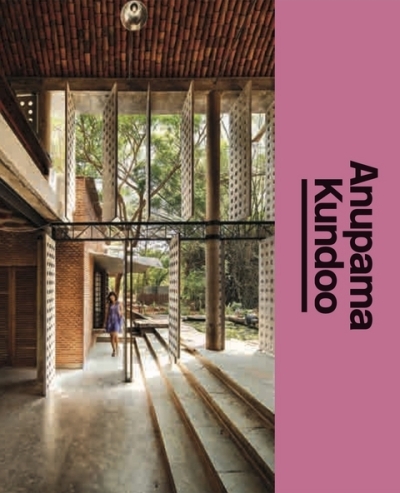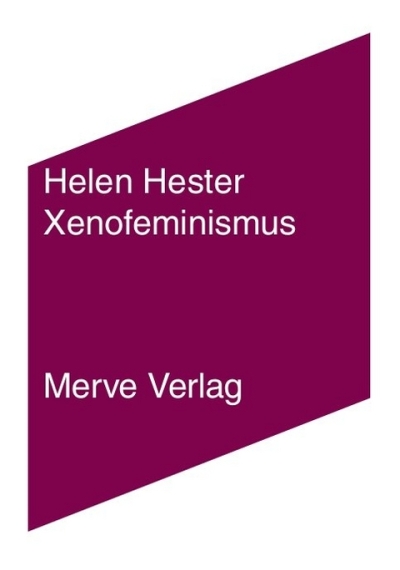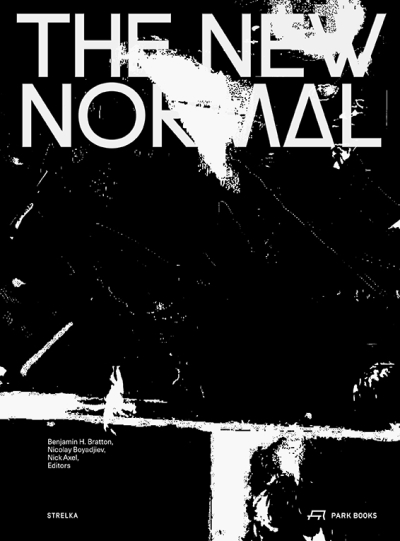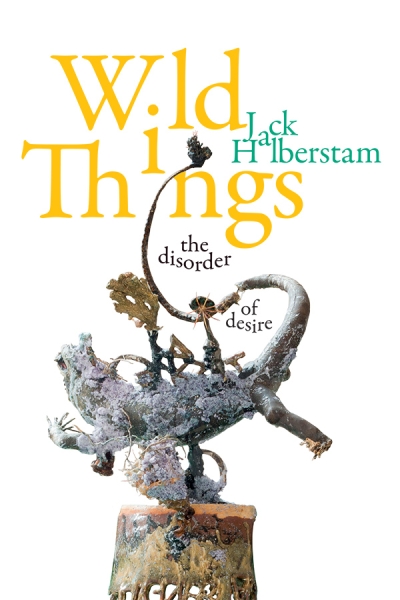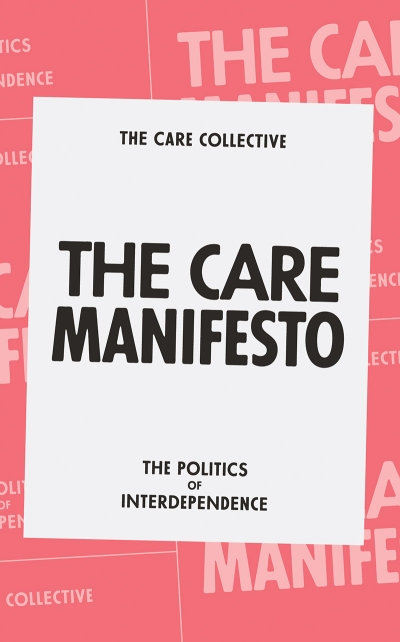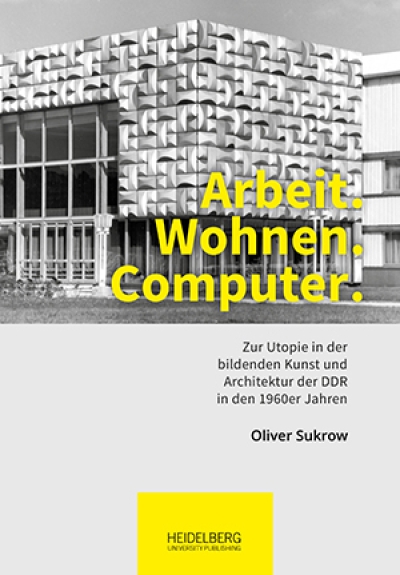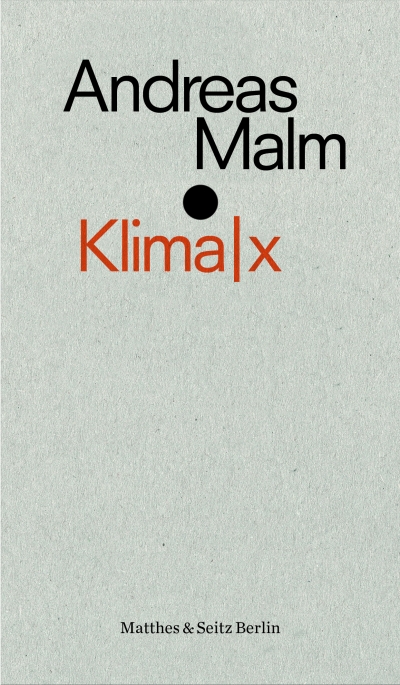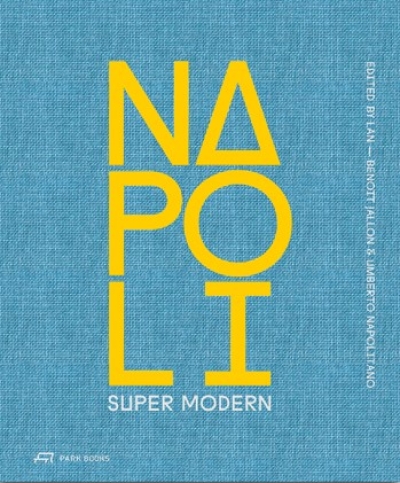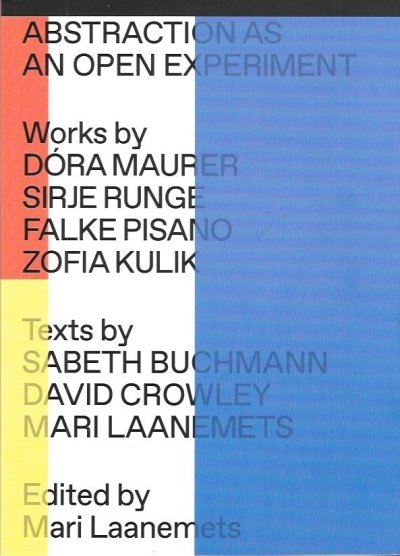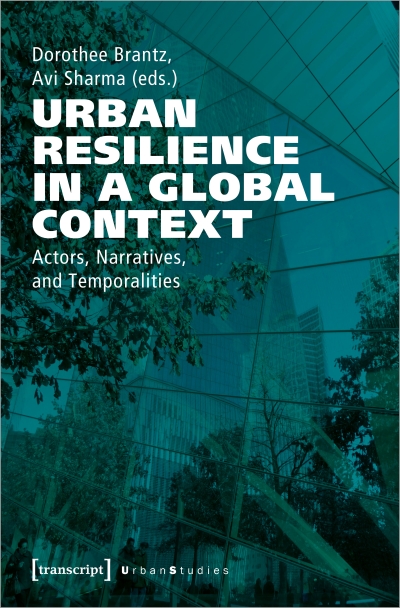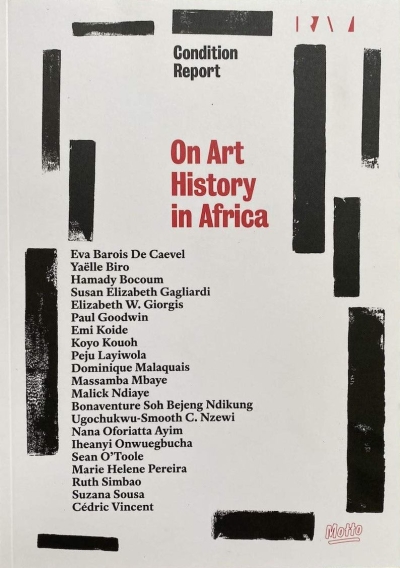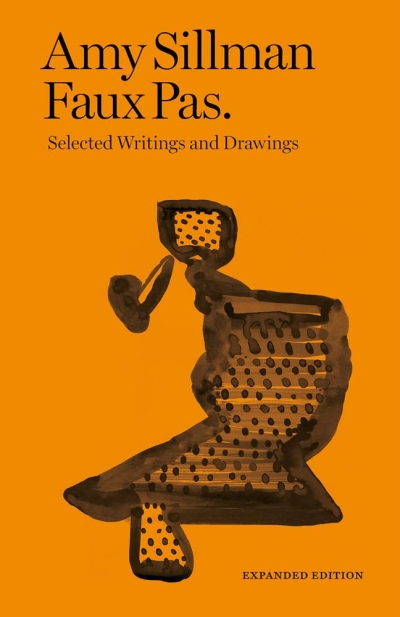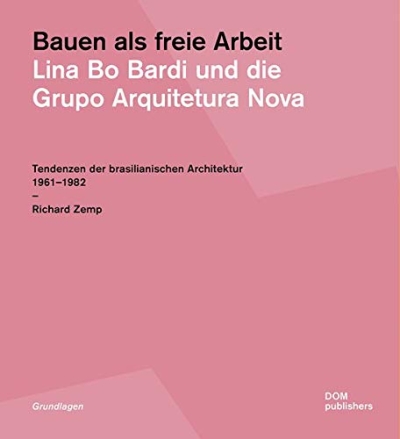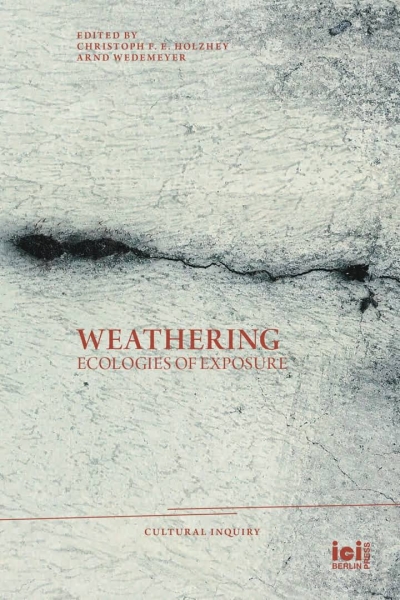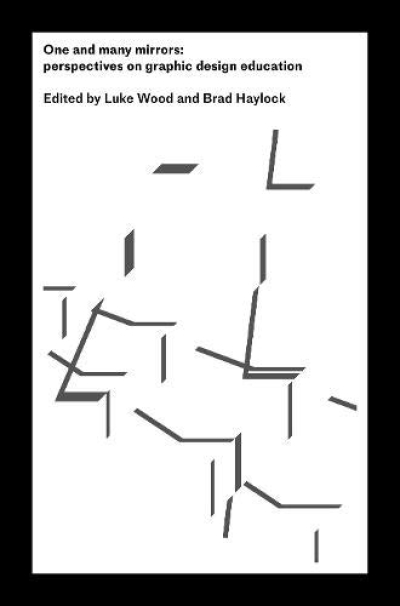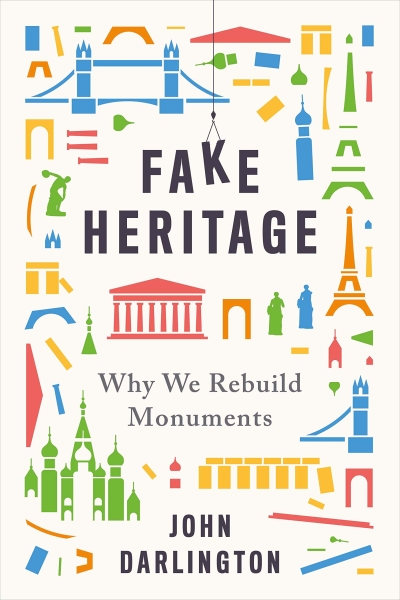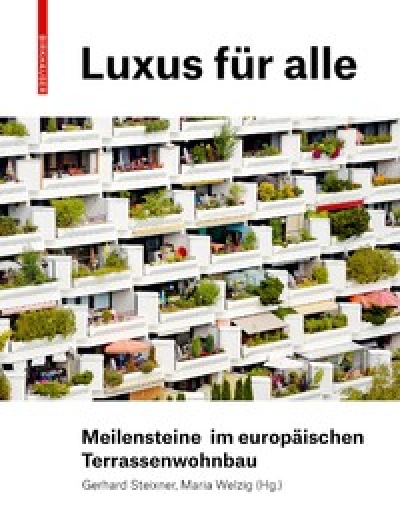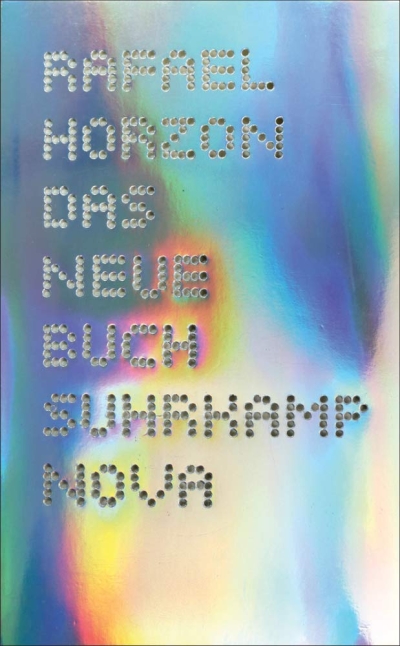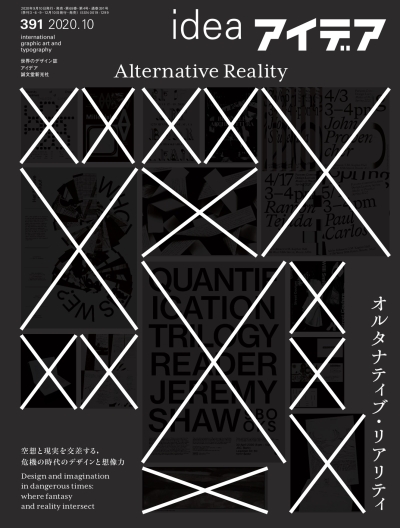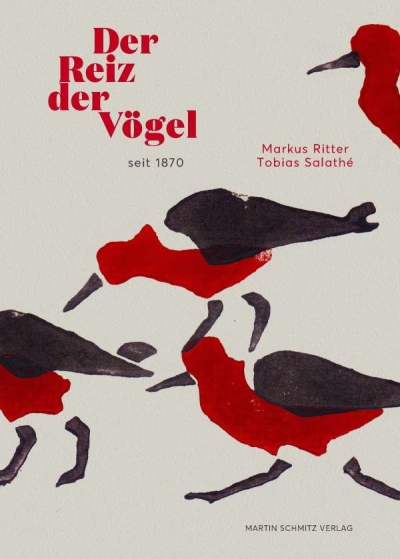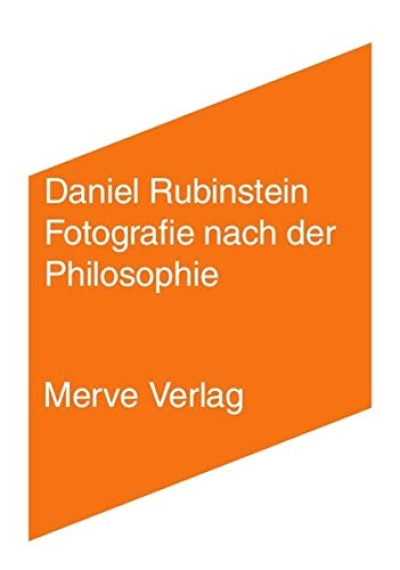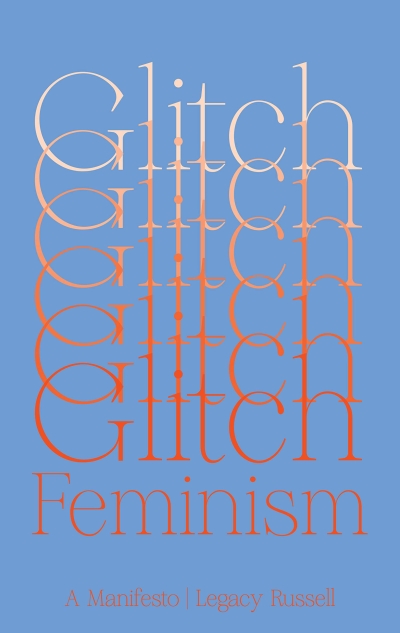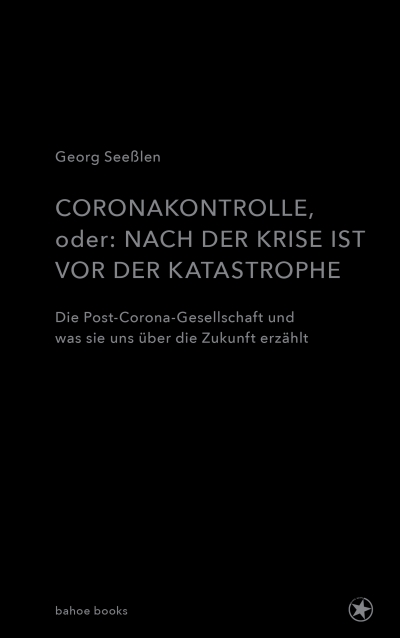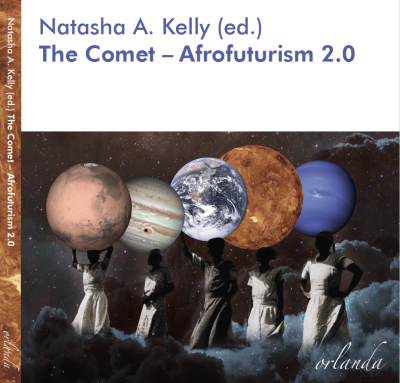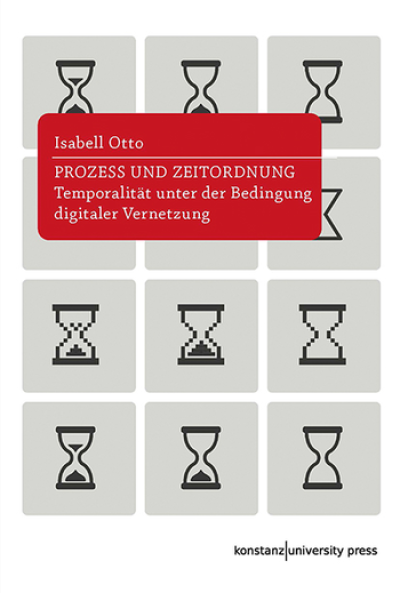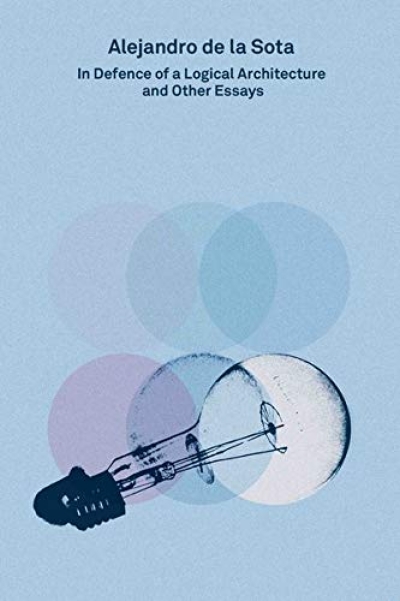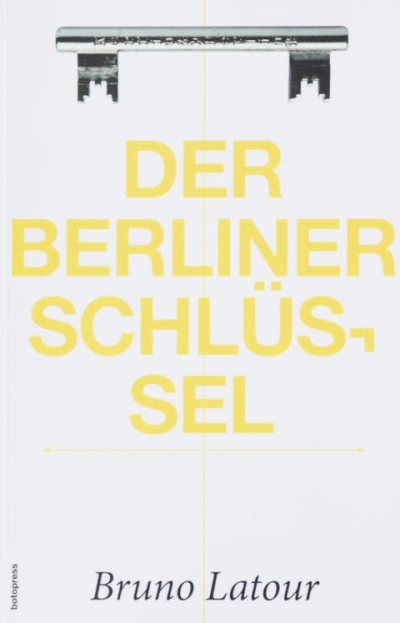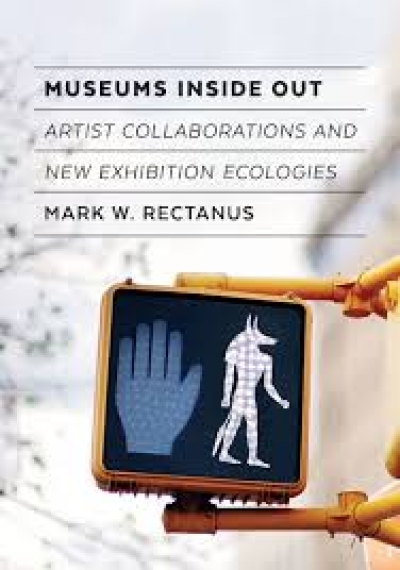
Design/Research 02
Number two in a series of ‘newspapers’ devoted to the overlooked and unexpected corners of graphic design and visual culture.
U:D/R 02 – Space and structure. Looking at Form, a quarterly magazine of the arts (1966—1969)
We thought of Form as a kind of neo-modernist publication, devoted to the early avant-garde as well as to the classic American avant-garde deriving from it.’ Philip Steadman, co-editor Form
Not much has escaped the archaeologists of graphic design: zealous bloggers, Flickr hoarders and design historians seem to have found everything there is to find.
Occasionally, however, something goes unnoticed. This is usually because it doesn’t come from the canon of recognised design greats – or because it doesn’t fit into the pattern of the times from which it sprang.
Form, a quarterly magazine published in Great Britain between 1966 and 1969, is one of those misfit artefacts. The co-editor, publisher and designer was Philip Steadman. Today, Philip Steadman is Professor of Urban and Built Form Studies at University College, London. He trained as an architect, and has taught at Cambridge and the Open University. He is the author of books on geometry in architecture, kinetic art and computer-aided design.
Although it only ran for ten issues, Form is an important component in the history of British graphic design: it is remarkable that it should have emerged at a time when Britain had been invaded by Pop Art and the Psychedelic style. But for the young Steadman, steeped in Modernist thinking, to design the magazine in the Swiss style was entirely natural. As an architecture student in the 1960s, Modernism was what he was taught – ‘it was just the received wisdom,’ he notes.
Form’s kinship with Neu Grafik and the Ulm bulletins are plain to see. ‘If you know Ulm you’ll see that Form is pretty closely modelled on it,’ says Professor Steadman. ‘It used Helvetica and white space. But I had my own ideas; I wanted the magazine to be square for example. Our plan was to keep publishing it until we made a perfect cube when all the issues were stacked one on top of another.’
Steadman acquired a love of printing and typography while at school, and apart from a spell working on the short-lived magazine Image, and a stint on the Sunday Times Colour Magazine in its 1960s pomp, he has not worked as a graphic designer.
In a long interview published in U:D/R 02, Professor Steadman discuses his early discovery of graphic design and his time as editor, publisher and designer of Form.
http://www.uniteditions.com/archives/unit-designresearch-02/


























